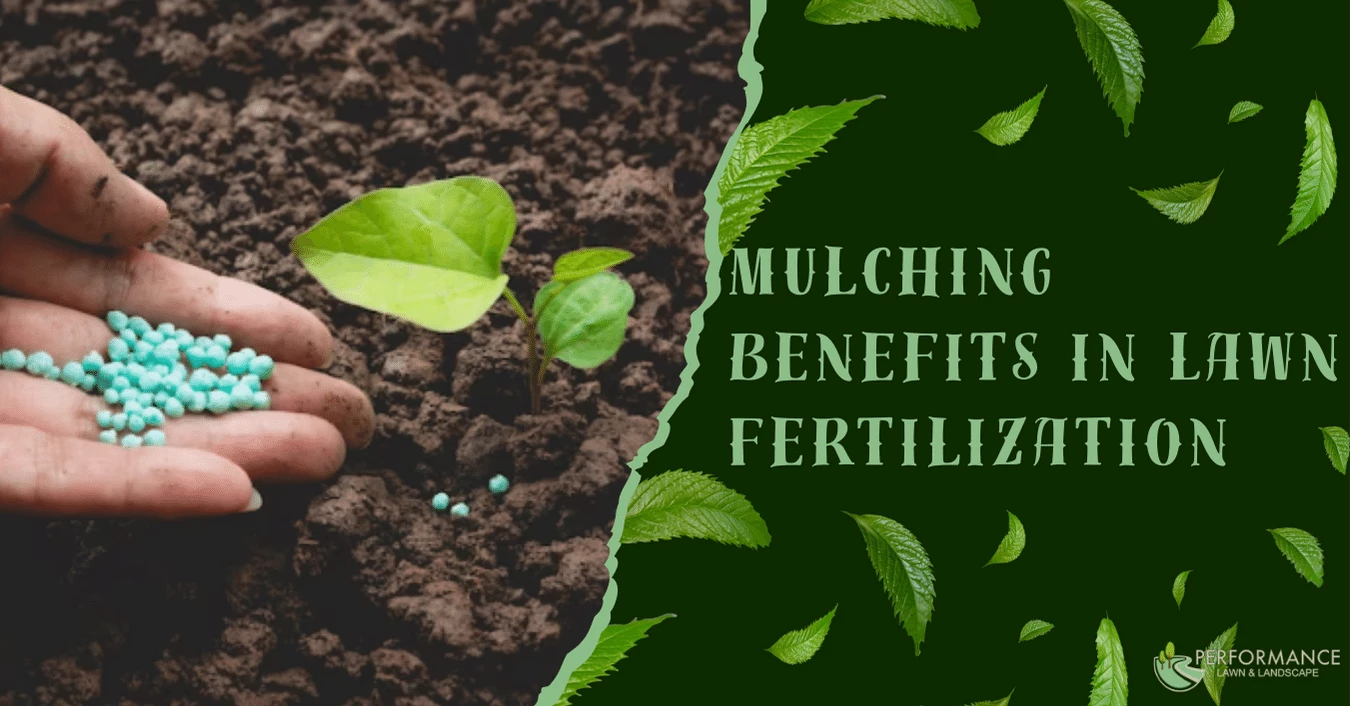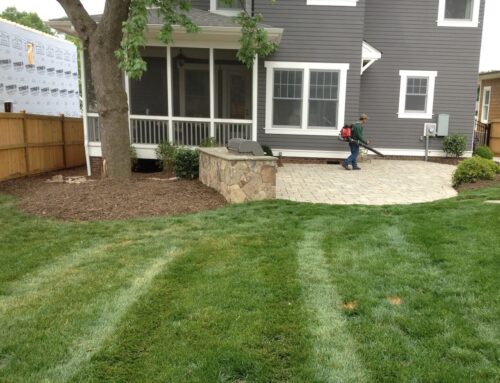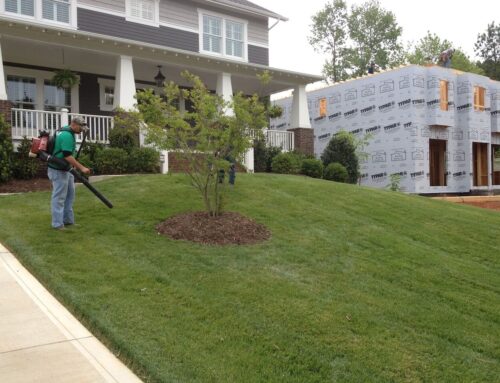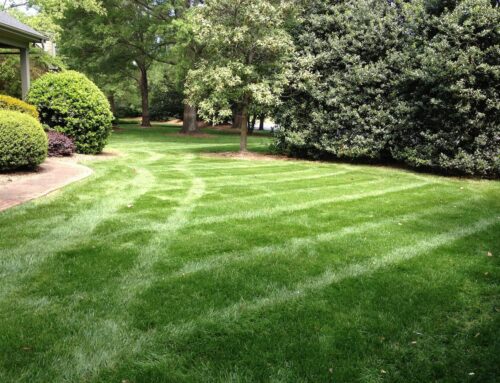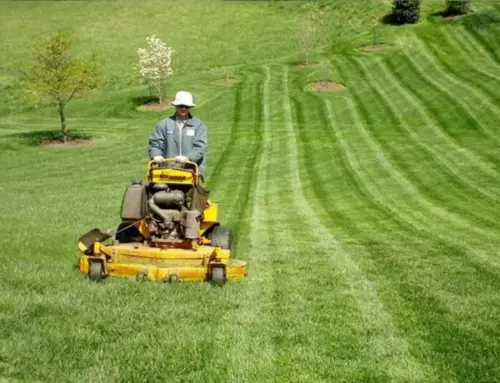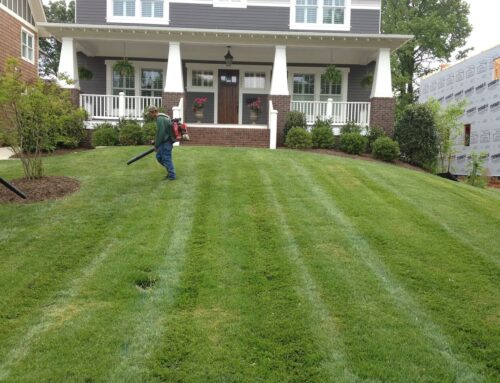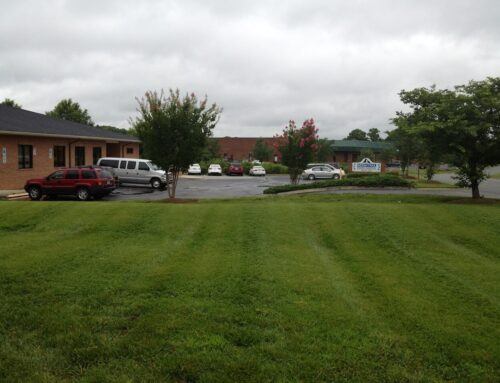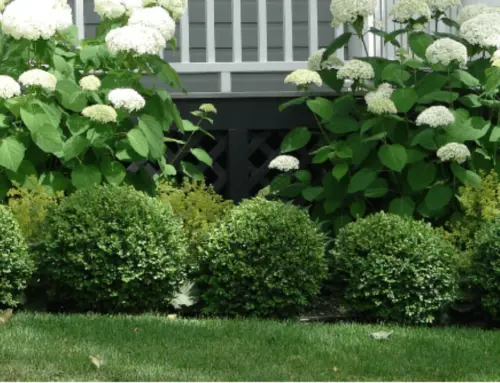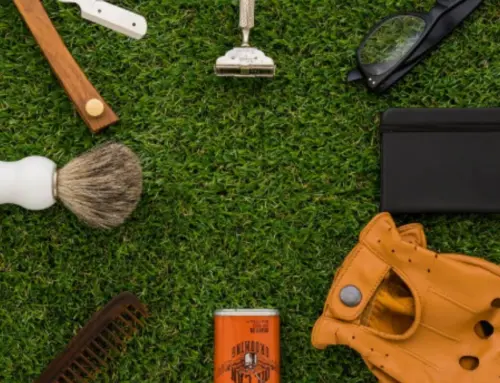The lawn is the centerpiece of any yard and keeping it healthy and lush should be a top priority for homeowners. However, many people overlook a key component of nurturing their grass – mulch.
Whether it’s wood chips, bark, or even compost, applying a layer of mulch around plants has countless benefits that will transform your lawn into the envy of the neighborhood.
In this post, we’ll explore the top reasons why mulching should be part of any fertilization routine. From conserving water to preventing weeds and pests, mulching offers undeniable perks that will help make your lawn care regimen easier while boosting results.
So if you want to take your green space to the next level, keep reading to discover the powerful purposes of mulch and how to use it effectively.
What are the key benefits of mulch in lawn fertilization, and how does it contribute to soil health and plant growth?
Using mulch in lawn fertilization offers several key benefits that contribute to soil health and plant growth:
- Moisture Retention: Mulch acts as a natural barrier, reducing water evaporation from the soil. This helps maintain consistent soil moisture levels, reducing the risk of drought stress for plants.
- Weed Suppression: Mulch creates a physical through the blockage of sunlight and the prevention of weed seeds from reaching the soil, a barrier is created that restricts the growth of weeds. This reduces competition for nutrients and water, promoting healthier plants.
- Temperature Regulation: Mulch insulates the soil, in order to maintain a colder temperature during the summer and a warmer temperature during the winter. This helps protect plant roots from extreme temperature fluctuations, which can harm growth.
- Erosion Control: Mulch helps prevent soil erosion by stabilizing the topsoil layer, reducing runoff during heavy rainfall, and preserving the integrity of the planting area.
- Nutrient Enrichment: Organic mulches, such as compost or shredded leaves, break down over time, adding valuable organic matter to the soil. This enhances soil structure, fertility, and nutrient availability to plants.
- Disease Prevention: Mulch creates a barrier between plants and soil, reducing the risk of soil-borne diseases from splashing onto plant foliage.
- Aesthetic Appeal: Mulch enhances the visual appeal of garden beds and landscapes, providing a neat and uniform appearance.
Using mulch in lawn fertilization allows gardeners to maintain healthy soil, conserve moisture, suppress weeds, and promote optimal plant growth, resulting in more vibrant and productive landscapes.
Can you explain the different types of mulch commonly used in lawn care and how homeowners should choose the most suitable mulch for their specific needs?
Common types of mulch used in lawn care include organic and inorganic options:
Organic Mulch:
- Wood Chips or Bark: These mulches are natural and enrich the soil as they decompose. They are suitable for flower beds and around trees and shrubs.
- Shredded Leaves: Leaves are readily available in most yards and make excellent mulch, improving soil quality as they break down.
- Straw and Hay: Lightweight and effective at retaining moisture, they are used in vegetable gardens and for erosion control.
- Compost: Rich in nutrients, compost serves as mulch and soil conditioner, promoting plant health and suppressing weeds.
- Pine Straw: Common in regions with pine trees, it retains moisture and inhibits weed growth.
Inorganic Mulch:
- Rubber Mulch: Made from recycled tires, it’s long-lasting and ideal for playgrounds and low-maintenance landscapes.
- Gravel or Stone: These options are durable, provide drainage, and are often used in xeriscapes or around pathways.
To choose the right mulch, consider plant type, local climate, aesthetic preferences, maintenance willingness, and cost. For example, organic mulches benefit soil health, while inorganic mulches require less maintenance. Homeowners can balance these factors to select the most suitable mulch for their landscaping needs.
Are there specific techniques or best practices for applying mulch to maximize its fertilization benefits and long-term effects on the lawn?
Yes, there are specific techniques and best practices for applying mulch to maximize its fertilization benefits and long-term effects on the lawn:
- Proper Thickness: Apply mulch at 2-4 inches depth for most mulch types. Too much mulch can suffocate plants, while too little may not provide adequate benefits.
- Avoid Piling Around Tree Trunks: Keep mulch away from the base of trees and shrubs to prevent moisture buildup and potential rot. Leave a small mulch-free area, known as a “mulch donut,” around the trunk.
- Spread Evenly: To provide consistent coverage and benefits, ensure mulch is spread evenly across the target area.
- Edge Beds: Use edging or trenching to define the edges of mulched beds and prevent mulch from spilling onto the lawn or walkways.
- Weed Control: Apply a weed barrier fabric or newspaper beneath mulch to suppress weed growth further.
- Replenish as Needed: Mulch degrades throughout the course of time. To keep the proper depth, you should replenish it once a year or whenever it is required.
- Mulch Selection: Choose the appropriate mulch type for your plants and climate. Mulches that are derived from organic resources consisting of wood chips, for example or leaves that have been shredded provide additional fertilization benefits as they decompose.
- Watering: After applying mulch, water the area thoroughly to settle the mulch and help it retain moisture.
By following these techniques and best practices, homeowners can maximize the fertilization benefits of mulch and ensure its long-term positive effects on the lawn, including improved soil health, weed suppression, and moisture retention.
Discover Mulching Magic with Performance Lawn and Landscape
Unveil the full potential of your garden with Performance Lawn and Landscape‘s expert mulching services! Enrich your lawn’s soil and conserve precious moisture while waving goodbye to unwelcome weeds. Our environmentally friendly approach enhances your garden’s beauty and offers a sanctuary for your plants to thrive.
Don’t let your soil go bare – dress it up with mulch and watch your green space transform. Contact us today and step into a world where your lawn is more than just land – it’s a canvas for nature’s artistry, sustainably cared for by your trusted partners at Performance Lawn and Landscape.

